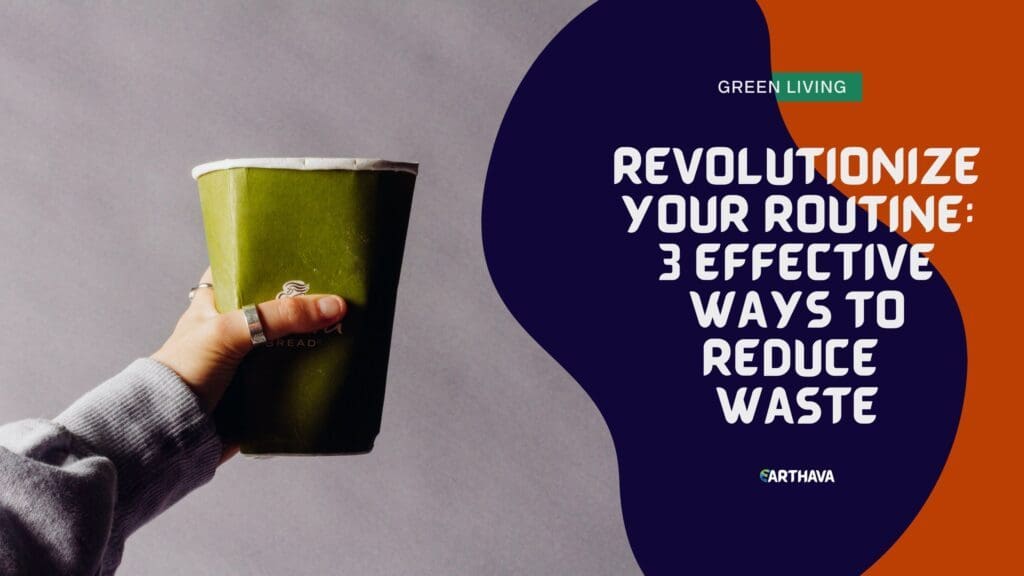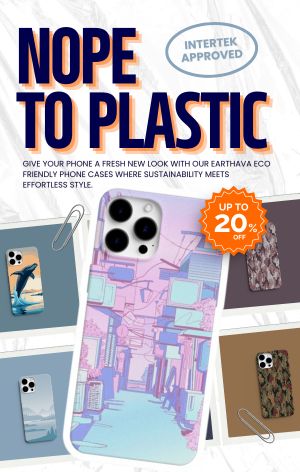The dawn of a new decade is bringing increased awareness to an age-old problem. Waste—and what to do with it. In 2017, the EPA estimated that 267.8 million tons of municipal solid waste was generated in the US alone, with less than a third (94 million tons) of that recycled. That’s around 4.51 pounds of waste per person, per day—and that figure continues to rise year-on-year.

Among the many problems surrounding waste generation and management is our eagerness to rely on recycling as a one-size-fits-all solution. However, the existing recycling industry simply cannot keep up with the amount of waste we generate daily, and to give ourselves the best possible chance to deal with both existing waste and the waste we continue to generate, we have to look at alternatives to recycling such as reduction and reuse.
Here then, we’ve listed three ways you can reduce your waste generation in 2020, without putting too much strain on existing recycling infrastructure.
Boycott Plastic
The revelations surrounding the impact of plastics on the environment came as a surprise to many, although perhaps they shouldn’t have. In the 1950s, we developed an almost indestructible, petroleum-based material that was so versatile it became truly ubiquitous. Today, however, we’ve come to realize that this material has created more problems than it has solved.
From the Great Pacific Garbage patch to your local landfill, the properties that made plastics so appealing to manufacturers are now working against us. The only answer then is to boycott plastic wherever possible and return to solutions that predate our addiction to a material that has come to define the Anthropocene.
Single-use plastic packaging is perhaps the most urgent problem we face today, and while the recycling industry offers one solution, it simply cannot cope with the amount and variety of materials we consume daily. Plastic toys, the plastics found in our electronic devices (and their accessories), and of course, plastic bags are also cause for concern, and striving to replace products with more environmentally friendly alternatives will not only reduce the amount of plastic in circulation but also push manufacturers to design more responsible products. Vote with your dollar!
Compost Organics
When faced with the plastics problem, it is perhaps entirely natural that many people see organic waste as completely benign, fully biodegradable, and of little consequence when disposed of. However, this couldn’t be further from the truth, with food and organic waste a significant issue in the US. In fact, around a third of all waste generated is organic, and only a small proportion is composted.
When sent to a landfill, organic waste releases large amounts of methane and CO2; it generates leachate which, when combined with other materials in the landfill, can pollute groundwater; it can also be a magnet for disease-spreading pests while being both ugly to look at and having the potential to give off strong odors.
Composting your organic waste is extremely important, and whether it’s through your local curbside collection, composting at home, or ensuring that your business composts effectively, reducing the organic waste that goes to the landfill can make a huge difference. What’s more, by using indoor composting solutions such as Bokashi or vermicomposting techniques, you won’t even need a large space to create plenty of high-grade soil for your garden or house plants.
Shop Consciously
The key to effective waste management lies in reducing waste at the source, and shopping consciously and conscientiously can help make a big difference in your waste generation. Boycotting plastics is a great way to start, however, buying loose products such as grains, cereals, beans, and fruit with reusable bags or boxes can help you minimize all types of packaging waste.
This approach goes much further than food shopping though. The fashion industry is among the most polluting on the planet, so shopping for clothes conscientiously can help you reduce waste at all stages of the chain—from manufacture to consumption. Many brands are now using recycled materials in their products, with others such as MUD jeans also striving for circularity by recycling and repairing their garments.
Other ways to shop conscientiously and reduce waste include buying local products to reduce wastage in transit, shopping for quality items that will last and that can be repaired (electronic items are a prime example), purchasing only items that you need and ensuring they are used before their use-by-date, and also gravitating towards brands with transparent eco policies that detail how they manage their waste.
In the end, small changes can make a big difference when considering our waste, and ensuring that you as an individual or your business strive to reduce, reuse, and recycle is the best way to make a stand against unbridled consumerism that prefers a “take, make, dispose” model of economics.


